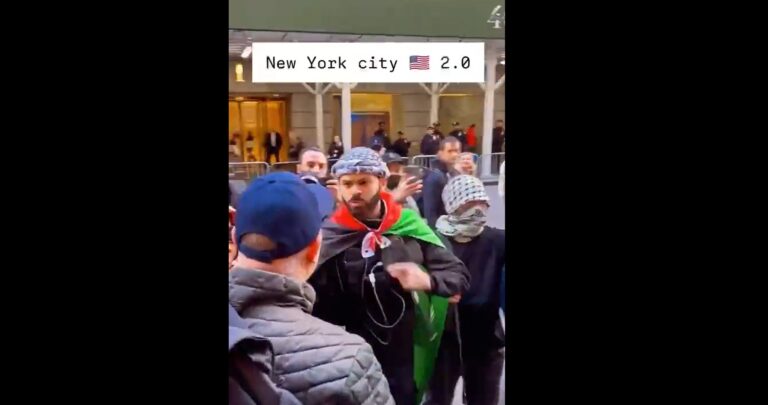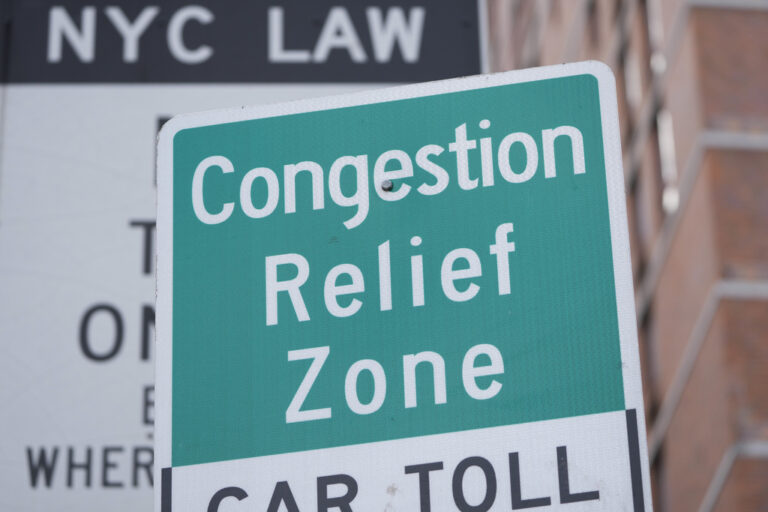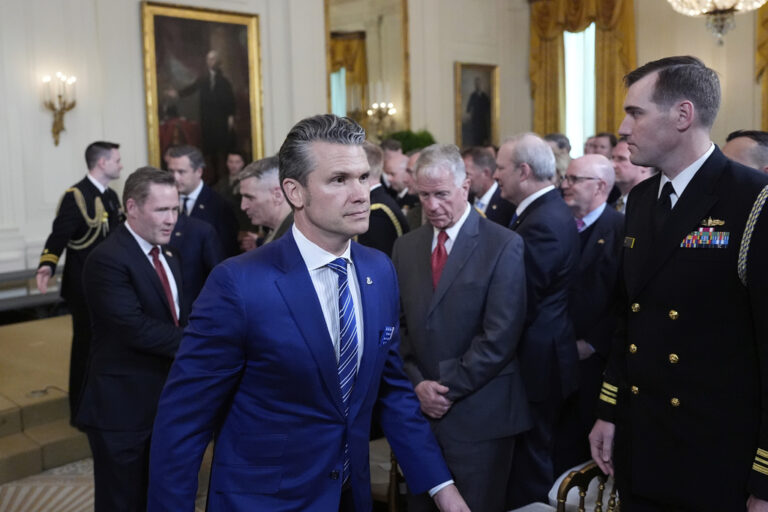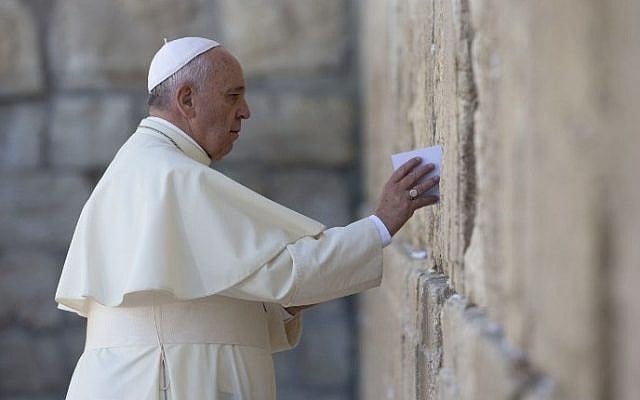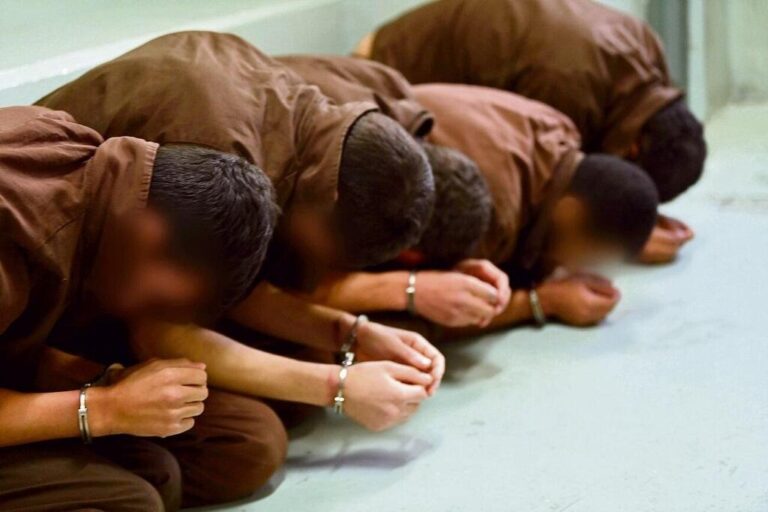Nearly 2,500 delegates are gathering in Milwaukee this week for a roll call vote to select the Republican presidential nominee, formally ending the presidential primary.
It will be a moment lacking in suspense: Former President Donald Trump has already been the presumptive nominee for months, having clinched a majority of convention delegates on March 12, but he doesn’t officially become the party’s standard-bearer until after the roll call, when delegates vote on the nominee.
A vast majority of those delegates are already bound to support Trump, who only needs a majority to win the Republican nomination. However, due to state party rules, at least a handful are still slated to go to former candidate Nikki Haley, even after she released her delegates.
While Democratic delegates are technically allowed to stray from their pledged candidate to vote their conscience, Republican delegates remain bound to their assigned candidate no matter their personal views. That means that the party rules almost guarantee that Trump will officially become the nominee this week.
When is the roll call and how will it go?
The leader of each state delegation will take turns, in alphabetical order, to announce their results. If a delegation passes when it’s their turn, they will have another opportunity to announce their results at the end of the roll call.
Republicans have not yet announced the time and date of the roll call.
How many delegates will support Trump?
At least 2,268 delegates will support Trump at the Republican National Convention, though his ceiling is even higher than that.
Most states send delegates to the convention who are “bound” to a particular candidate, meaning those delegates are required to support a particular candidate at the convention. State parties use primary or caucus vote results and smaller party gatherings to decide how to allocate those delegates to various presidential candidates.
But at least 150 Republican delegates — including the entire delegations from Montana, New Mexico and South Dakota — are technically “unbound,” meaning they can vote for any candidate at the convention. Dozens of those delegates have already confirmed to the AP that they plan to vote for Trump at the convention — which is reflected in the 2,268 delegates already committed to Trump. Some of those delegates have also said they expect their peers to vote Trump, even if those delegates haven’t confirmed their intentions with the AP.
What happens to a withdrawn candidate’s delegates?
Trump will likely be the only candidate who is formally in contention for the nomination because RNC rules require candidates to win a plurality of delegates in at least five states. Trump is the only candidate to win five states in the primary — Haley won only in Vermont and Washington, D.C, and no other candidate scored a victory in a Republican nomination contest this year. However, individual state party rules prescribe whether delegates bound to withdrawn candidates are permitted to vote for a different candidate, and some require delegates to maintain their pledge to their candidate regardless.
For example, a spokesperson for the North Carolina Republican Party confirmed that Haley’s delegates remain bound to her, according to state rules. She won 12 delegates in the state’s March primary. In New Hampshire, however, state rules say Haley’s nine pledged delegates are free to vote for another candidate ever since she formally withdrew from the race, without any requirement that she formally release them.
In Iowa, where four Republican presidential candidates received delegates, a party spokesperson confirmed that state rules dictate that all 40 delegates would support the only candidate whose name will be put into consideration: Trump.
(AP)


